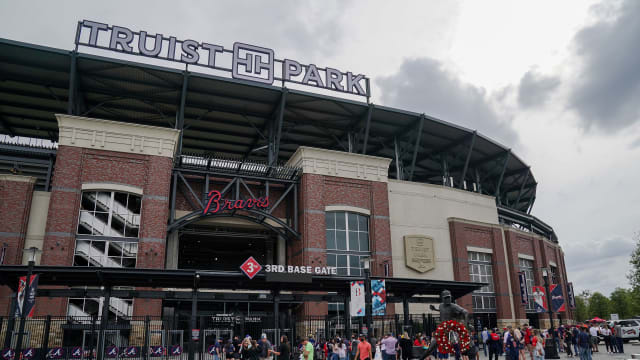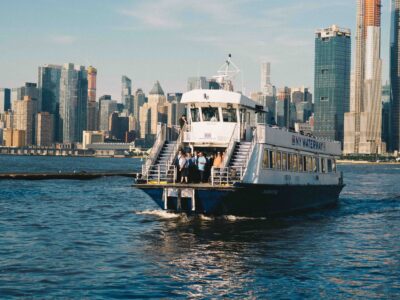Some baseball stadiums are part of a neighborhood, like Wrigley Field or Camden Yards. The Atlanta Braves took a different path when building a new stadium in the mid-2010s. It chose to create a new ballpark, Truist Park (originally SunTrust Park), and its neighborhood. The mixed-use development known as The Battery Atlanta is a 60-acre site in suburban Cobb County, GA, 10 miles from downtown Atlanta.
When construction started in 2014, there were only 30 months before the ballpark’s scheduled opening date. Not only did the $622 million state-of-the-art stadium open on time in 2017, but it did so with enough impressive sustainability features that the U.S. Green Building Council (USGBC) awarded it a Silver Leadership in Energy and Environmental Design (LEED) that same year. The USGBC acknowledged such notable achievements as the stadium’s water efficiency, indoor air quality measures and energy performance.
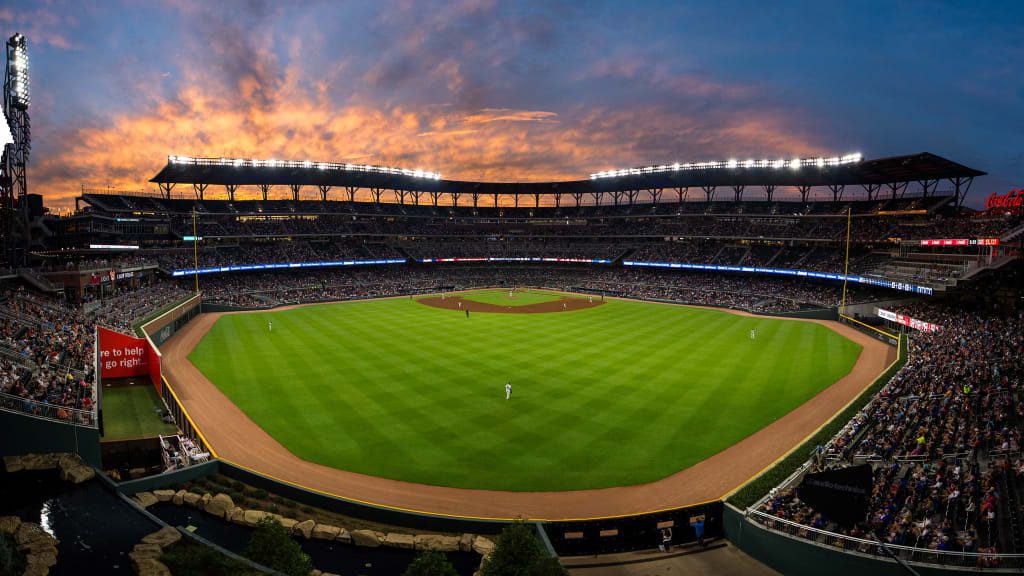
A significant factor behind the energy conservation was the stadium’s LED lighting, which was 50% more efficient than the traditional metal halides bulbs. Because of the construction’s short timeframe, the building team did not have time to check the prototypes. “There was some risk involved because we didn’t know if the quality of the lights would be good enough from a baseball point of view,” explained Rex Hamre, sustainability manager for real estate services firm JLL. “We had to convince management the LEDs would work. We were able to do so, and the lights worked great.”
The stadium’s cooling system represents another significant challenge since hot and humid is the norm for Georgia summers. To give the ballpark better cooling efficiency than its predecessor, Turner Field, the Braves invested in high-end HVAC and chiller systems. The HVAC system decreases the emission of ozone-harming compounds, while the chiller is the “best from a carbon emissions perspective,” according to Hamre. While these systems were costly, Braves officials thought it was worth the price and would pay off in the long run.
Truist Park also boasts the most extensive canopy among Major League Baseball stadiums, which provides optimal shade and weather protection. Another key contributor to energy and cooling efficiency is the stadium’s Big Ass Fans — the actual name of the company. These huge fans reduce the need for air conditioning and cut energy consumption.
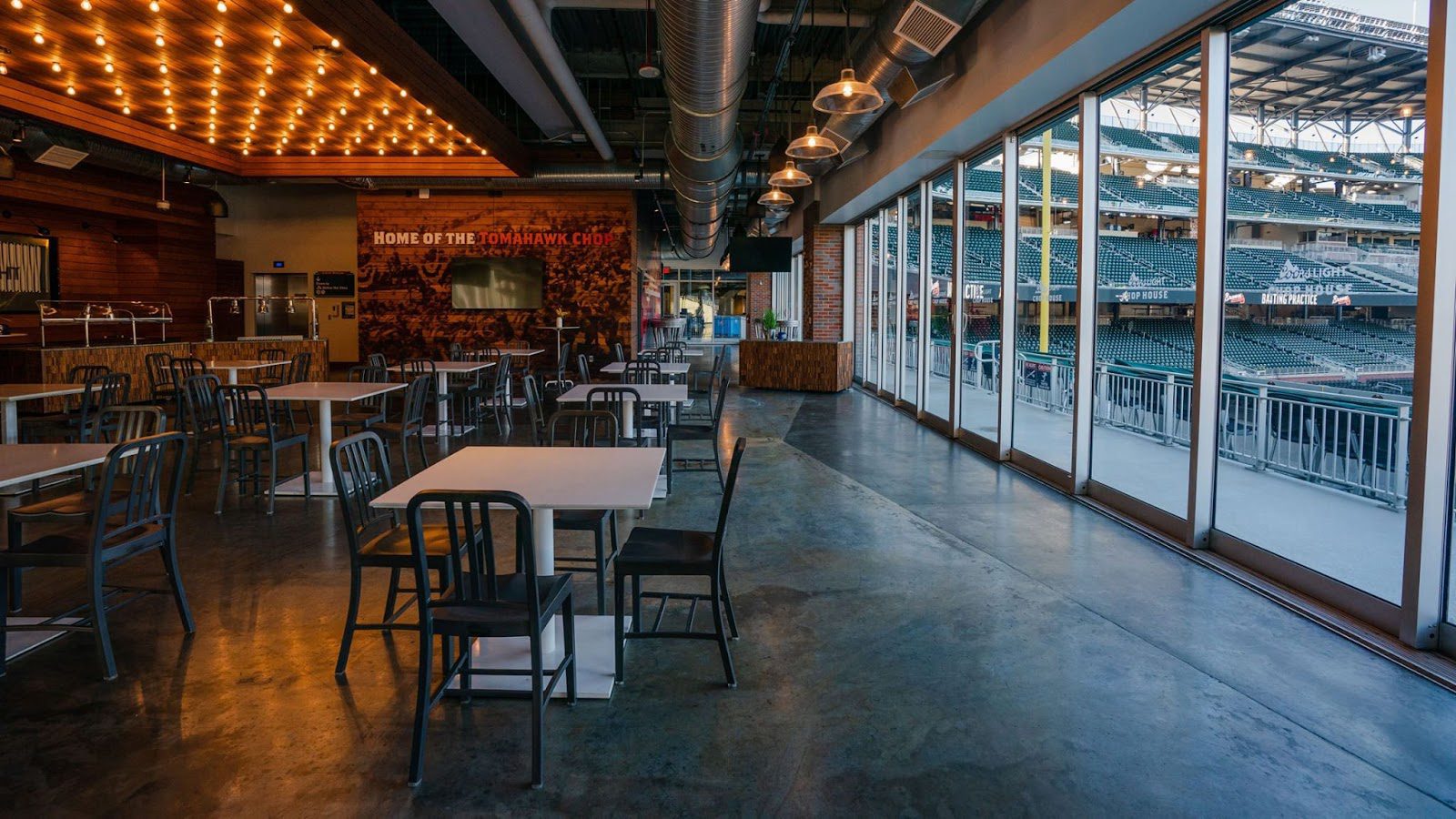
The Braves attacked water waste on several fronts. Potable water usage dropped by over 40% installing low-flow fixtures.
Water for irrigation was lowered nearly in half by having an effective field water reclamation system. Truist Field also shares a 40,000-gallon water resiliency tank with The Battery Atlanta, allowing 50% of their water to be recycled.
The team, moreover, did not stop its sustainability efforts once the stadium opened. In 2019, the Braves teamed up with the Atlanta-based WestRock Company, a global sustainable paper and packaging firm, to improve the ballpark’s recycling program. The team placed new recycling bins around the stadium. Recyclables get sent to a WestRock material recovery center, where they are processed and repurposed into items such as paper-based packaging and youth jerseys.
During the Braves’ 2021 World Series-winning season, workers collected more than 200 tons of recycled items. And some of it was used in the concession stands’ food trays and packaging for the 2022 season, a successful example of recycling’s circular economy.

“The Atlanta Braves are committed to creating a sustainable ballpark, and our ability to divert waste to recycling at a high level would not be possible without the commitment of WestRock,” stated Braves President and CEO Derek Schiller.
When the Braves built Truist Park and the Battery Atlanta, there was discussion that the suburban location and the lack of convenient mass transit were not eco-positive choices, but this issue is not so clear-cut. The team’s research shows that the new stadium is 12 miles closer to where most ticket buyers reside than Turner Field was. This data suggest that fewer car miles will be driven to Truist Park games than were to Turner Field, which would lead to less carbon emission, but there isn’t conclusive data yet. However, the stadium encourages electric vehicle usage by having approximately 60 charging stations on-site, and The Battery Atlanta has been praised for its high-density development and walkability.
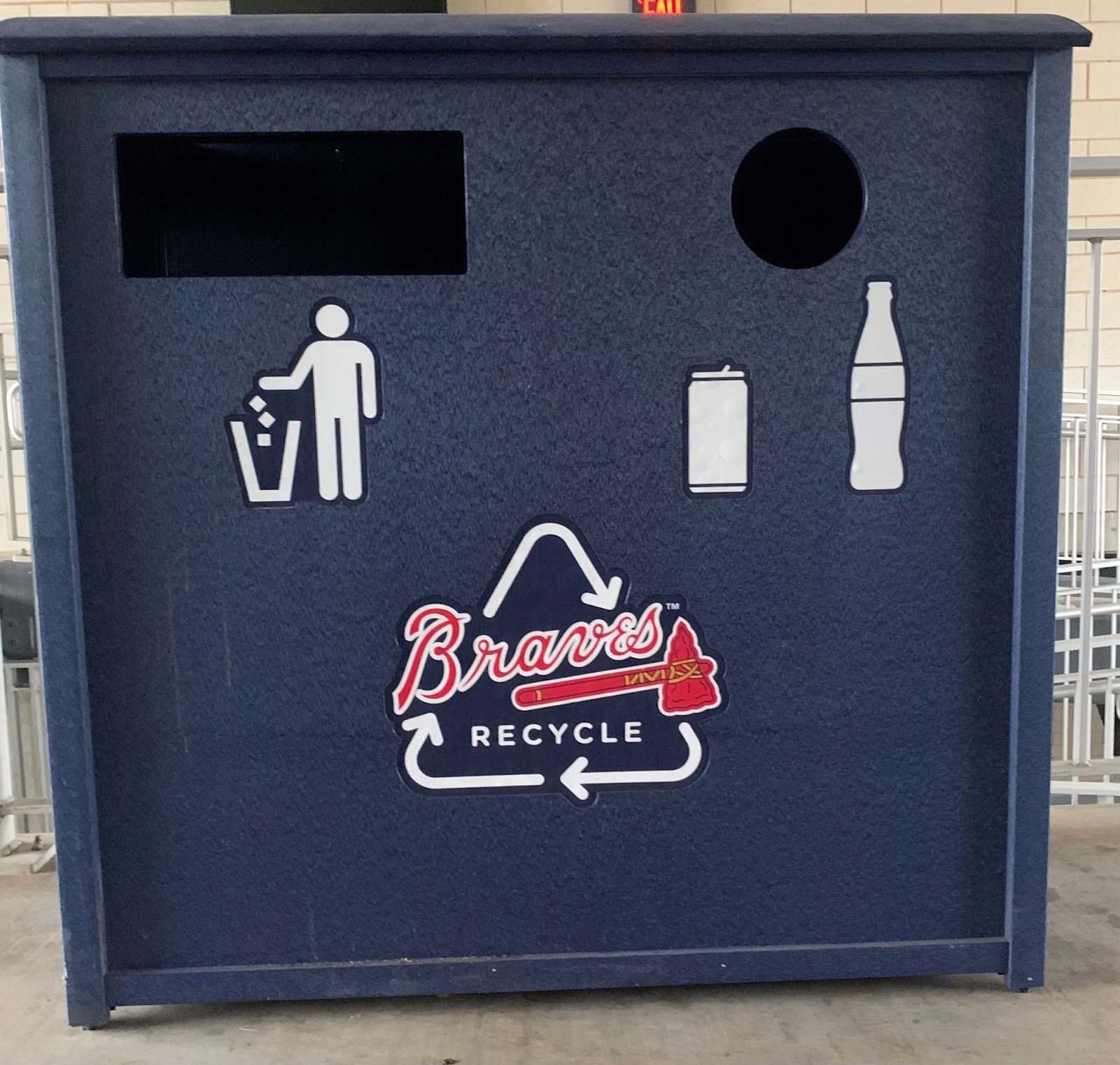
Additionally, the Braves have been commended, along with its fellow Atlanta major sports franchises, the Falcons and the Hawks, for promoting environmentalism. Bret McCormick of Sports Business Journal stated, “sustainability in Atlanta isn’t culturally or civically engendered … like it is in San Francisco or Portland.”

